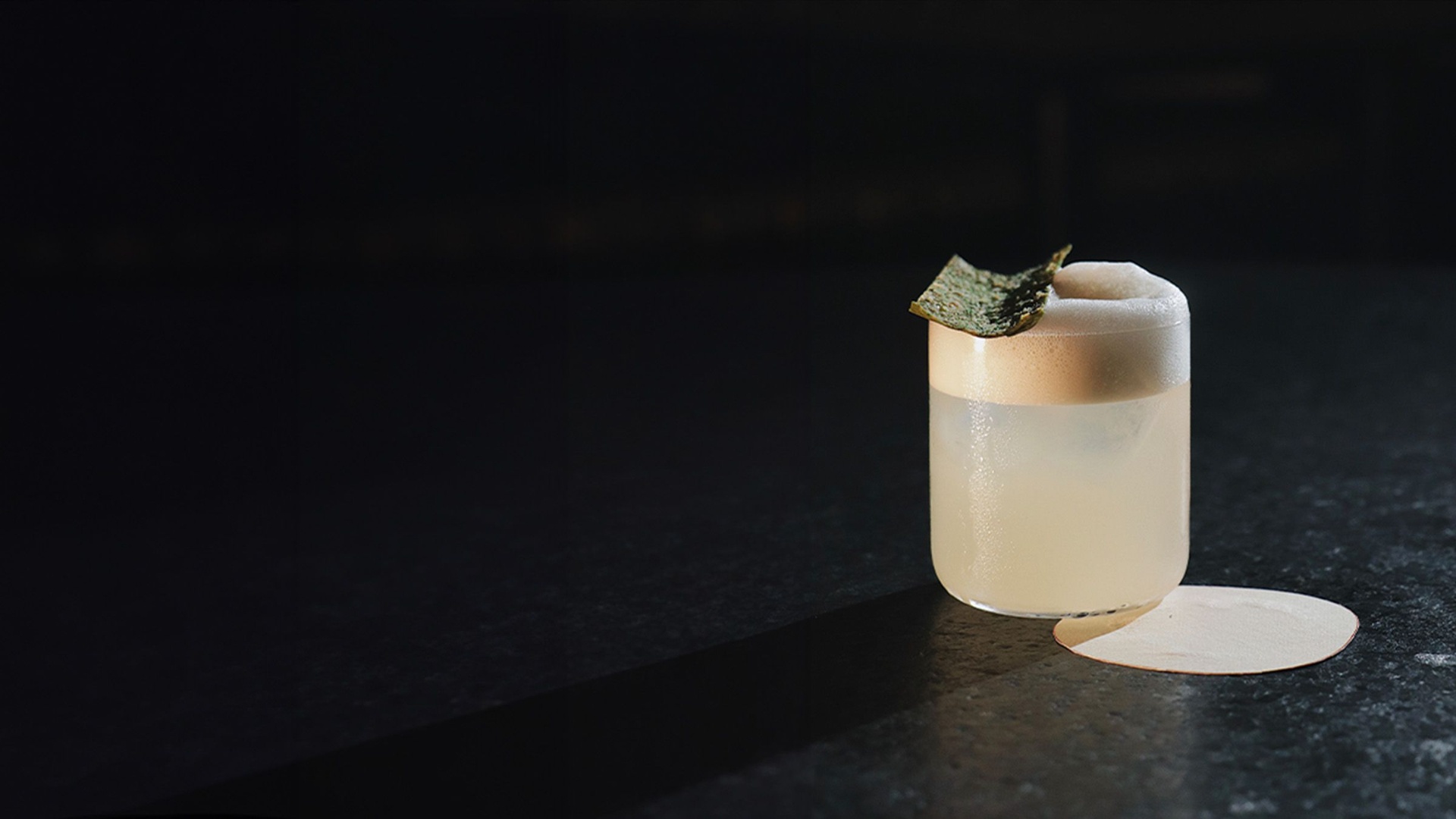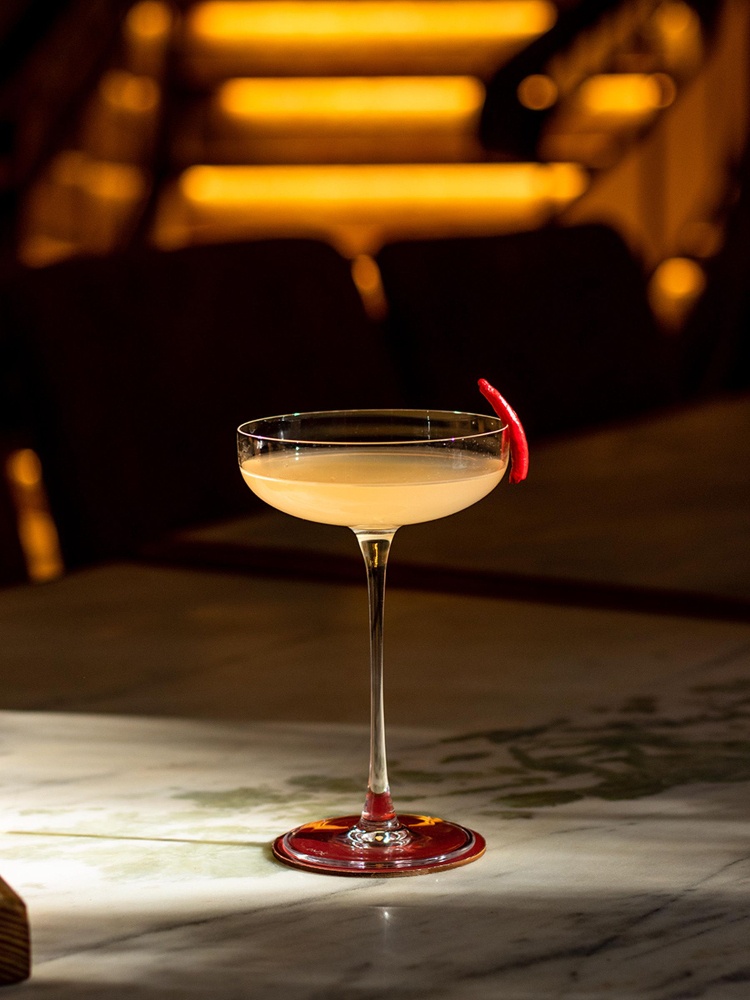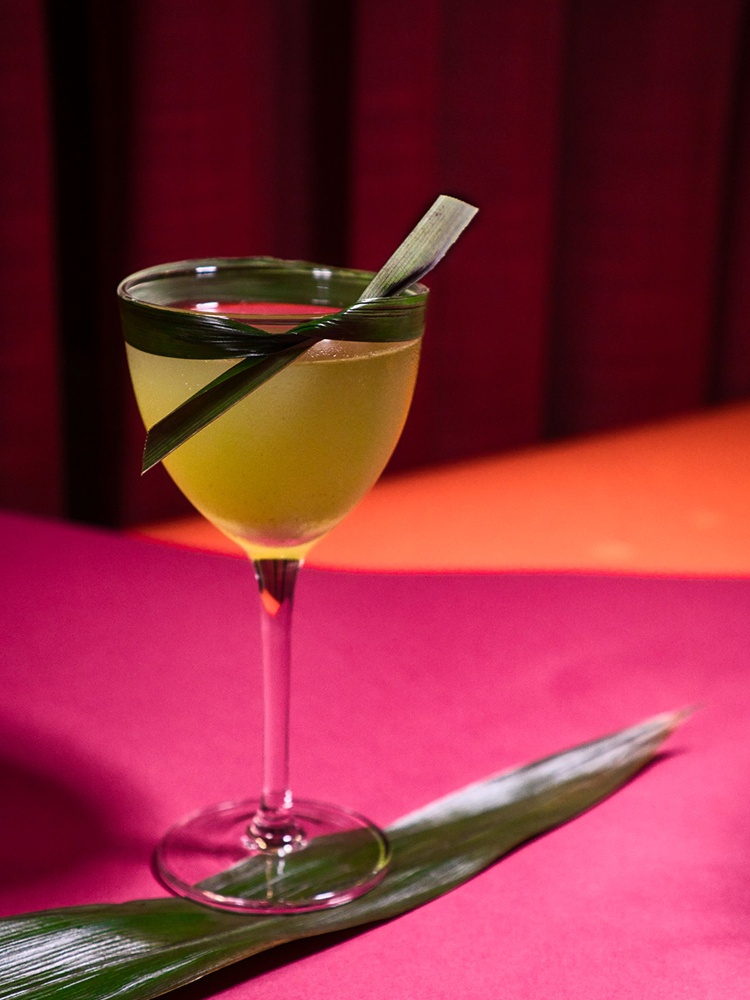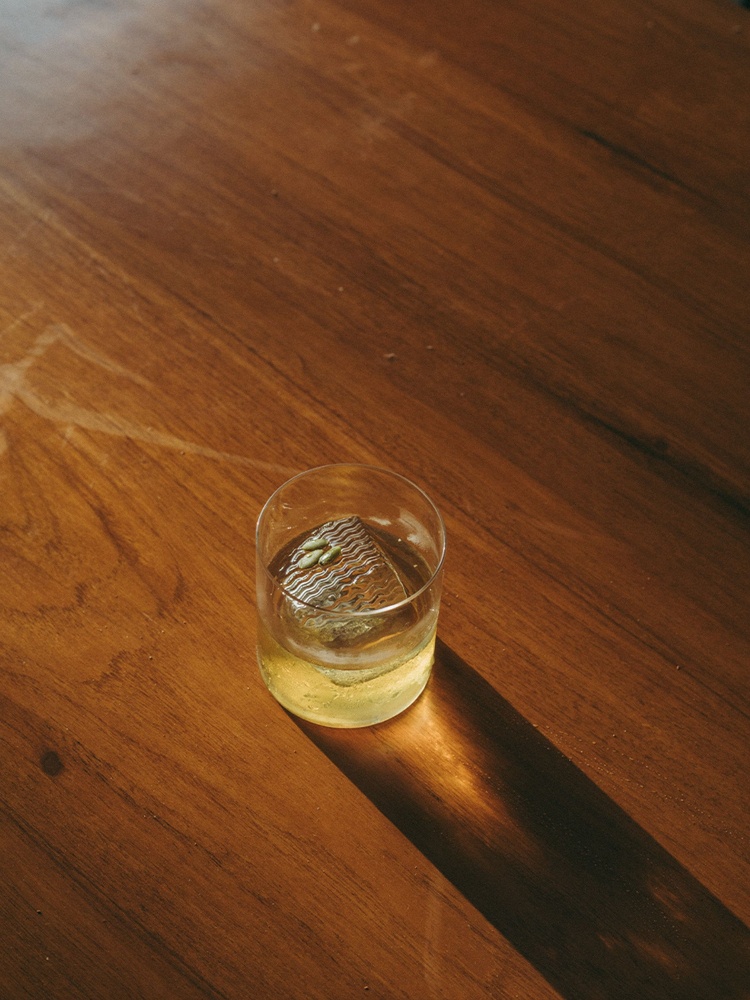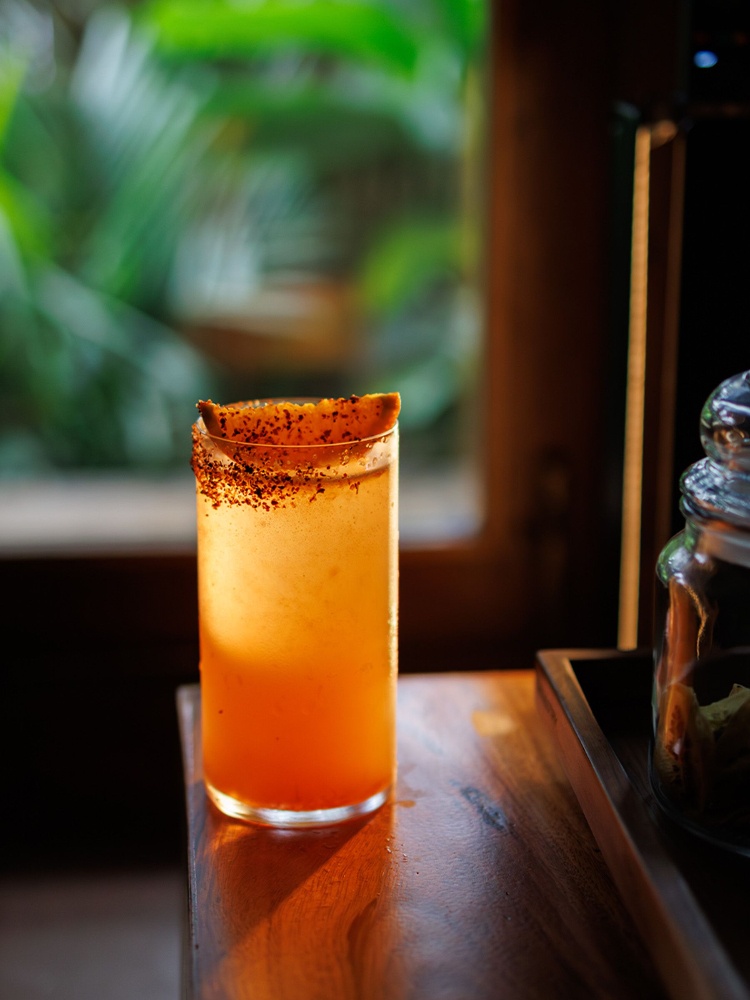At the many shady dive bars dotting Bengaluru, a barfly is typically offered one of three standard free items to accompany their tipple. A liberal heap of pungent pickle (colloquially referred to as ‘touchings’), lime or mango served on a square sheet of old newspaper; a paper cone overflowing with puffed rice sautéed with crisp curry leaves and crunchy chana dal; or several mini tumblers of peppery rasam on demand.
Usually found in the grittier parts of the city, these flavours make a surprise appearance on the recently launched Temptations menu at the Virat Kohli-backed One8 Commune, in the form of a smoky, earthy, herbal cocktail called Packs a Punch. Award-winning mixologist Varun Sudhakar, who put together the bar programme at One8 Commune, created this drink to capture “the essence of rasam”. Through the perfect balancing of “smoky mezcal” and in-house concoctions of “aromatic, savoury sun-dried tomato water and the freshness of the coriander shrub”, Sudhakar, a two-time winner of the national Diageo Reserve World Class Competition, and title holder of ‘India’s Best Bartender’, managed to replicate this staple of South Indian bar culture with surprising authenticity. But let’s be clear: it isn’t rasam. It’s just an evocation of it.
Not too far away, at Asian restaurant, KOKO, another staple from an entirely different cuisine receives a similar alcoholic reimagining. The Tom Yum Cup, the restaurant chain’s most popular cocktail, melds galangal, lemongrass, lime, Thai chilli, and kaffir lime leaves in varying forms “to mirror the sensory experience” of the hot-and-sour dish. Like Sudhakar, Akash Singh, mixologist and beverage manager of the restaurant’s Mumbai and Bengaluru branches, conceived the cocktail to evoke “the top notes” of the soup.
Even if you like your drinks clean and are instantly suspicious of cocktail menus with weird infusions and ingredients, you cannot help but notice that the domination of sweet libations is over. Showing up on menus today are ingredient-forward savoury cocktails that are dialling back on the saccharine and taking the tippler to unexpected territory. Pantry staples like ginger, star anise, cardamom, clove, nutmeg, basil, lime, and saffron have been spiking our cocktails for years, but lately, a new horde of piquant kitchen ingredients are showing us that they, too, deserve a seat at the bar. Chillies like poblanos, capsicum, and jalapeños have paved the path for regional varieties like Byadgi, Kashmiri, Guntur, and bhut jolokia; and fruits like pomegranate and berries have made way for carrot, beetroot, gherkins, pumpkin, and even bitter gourd.
